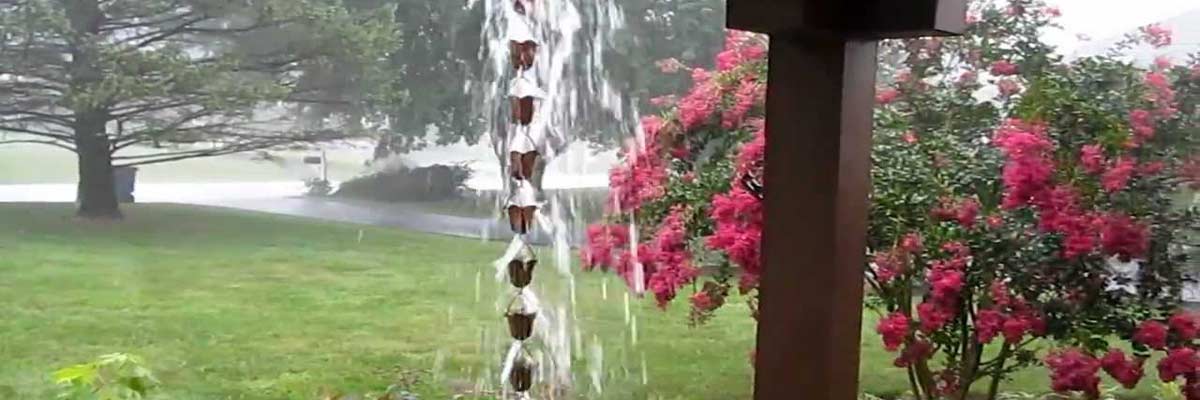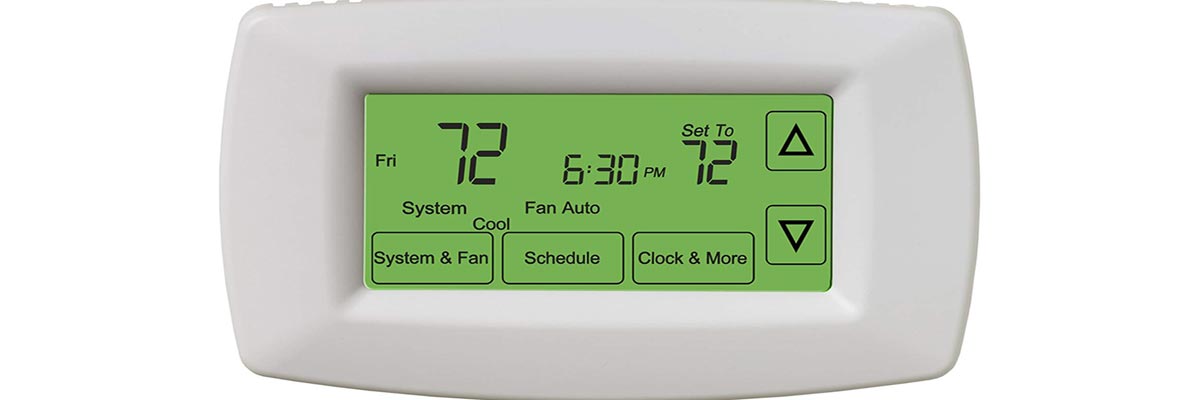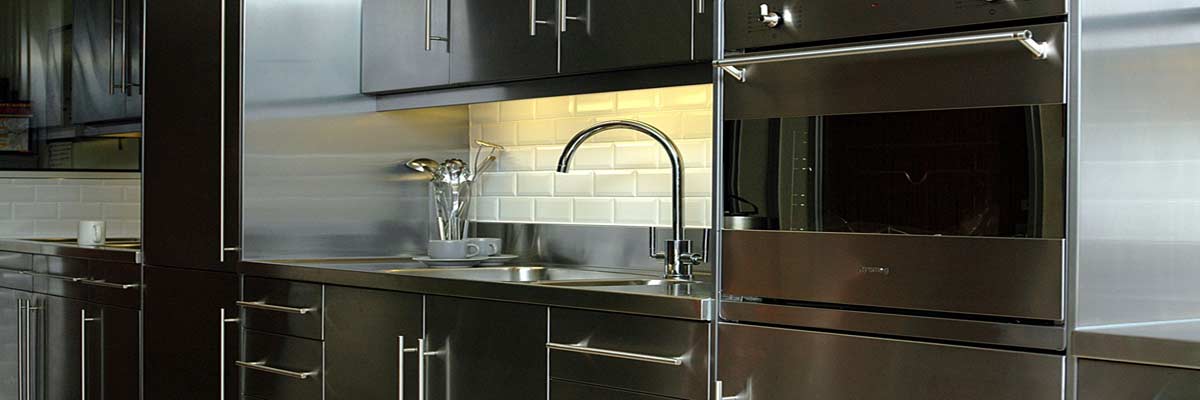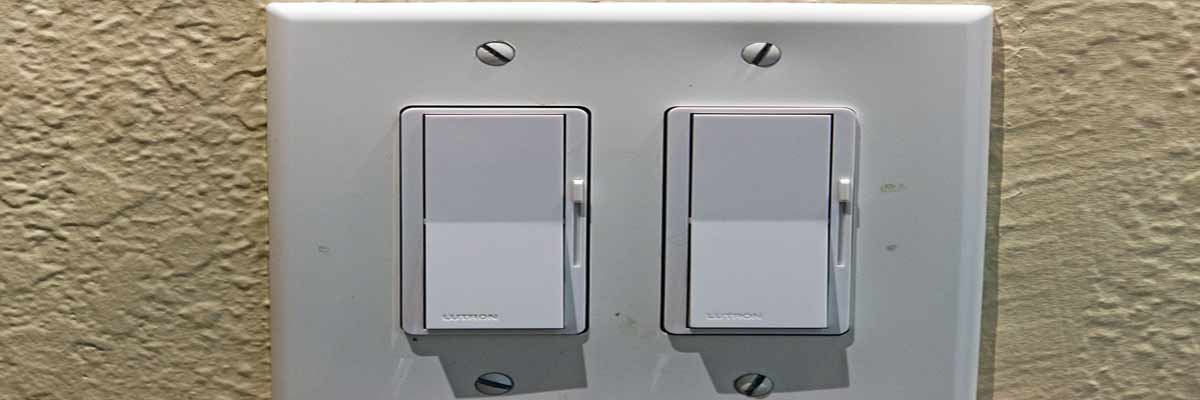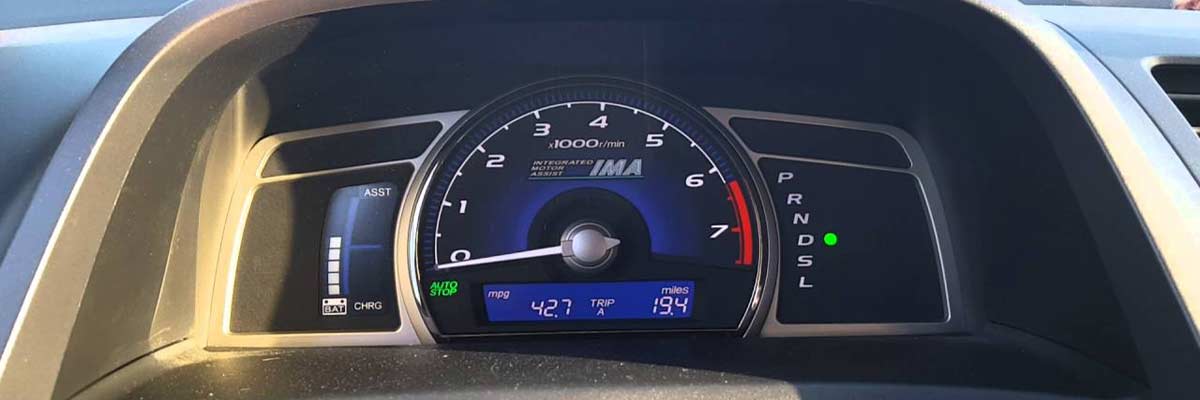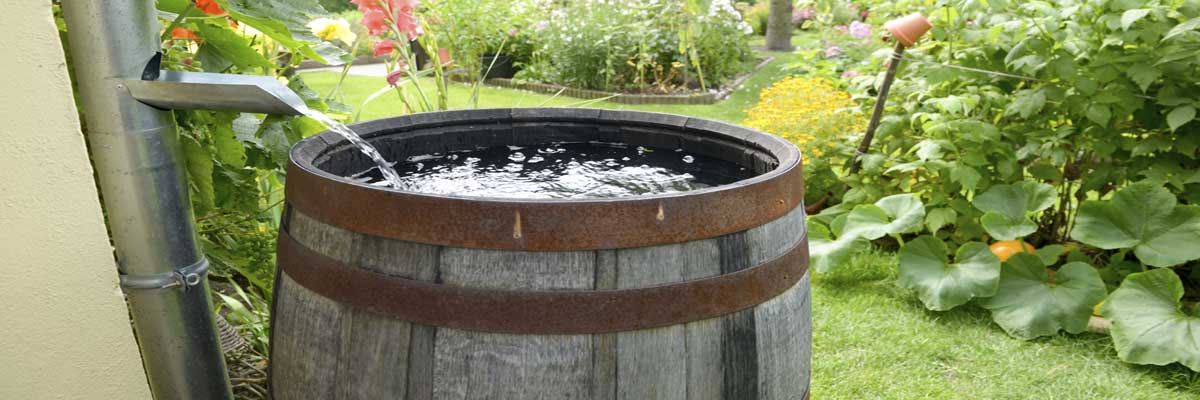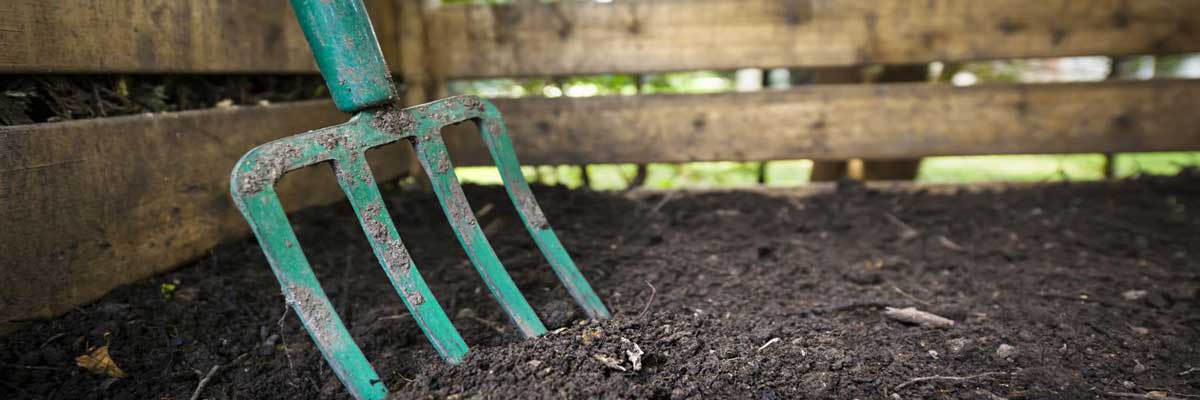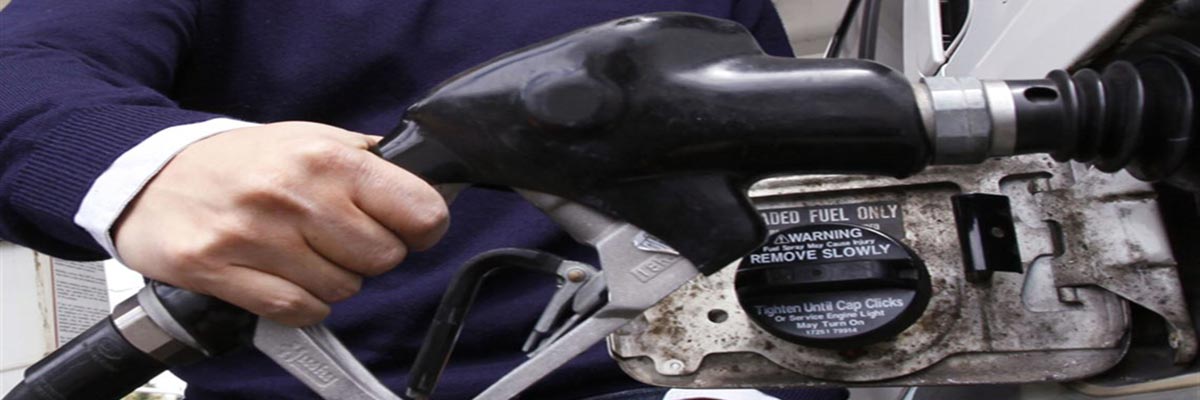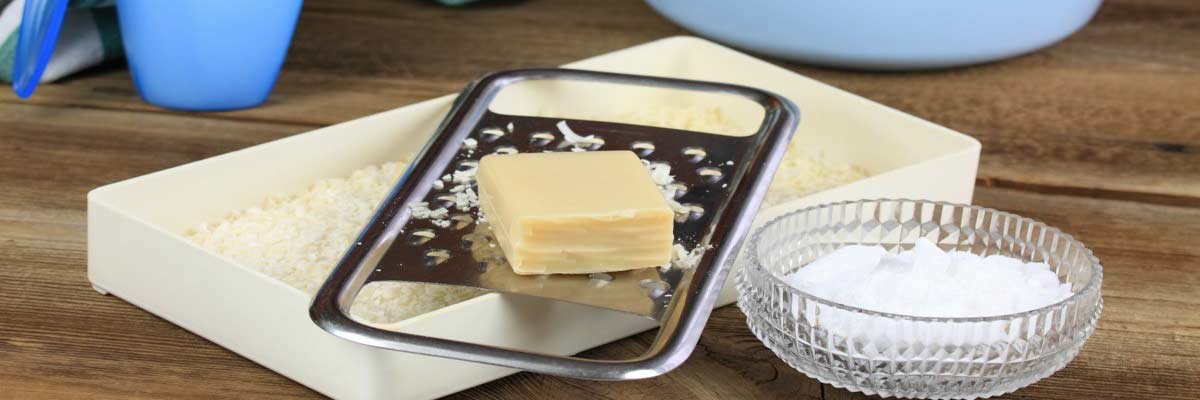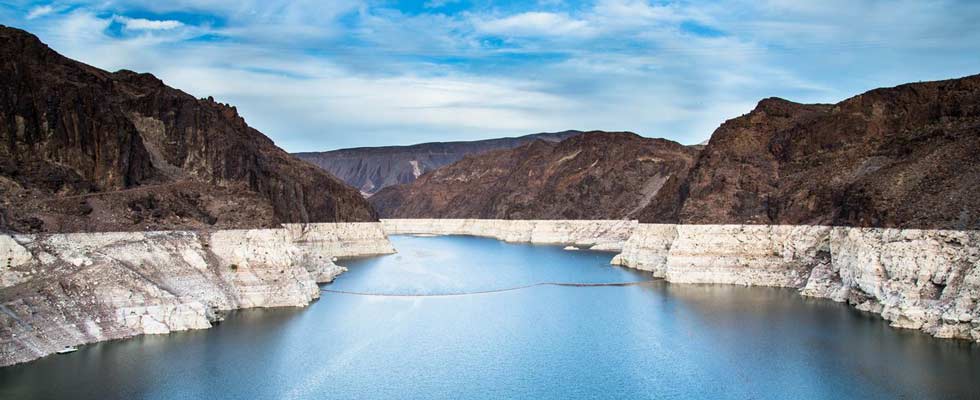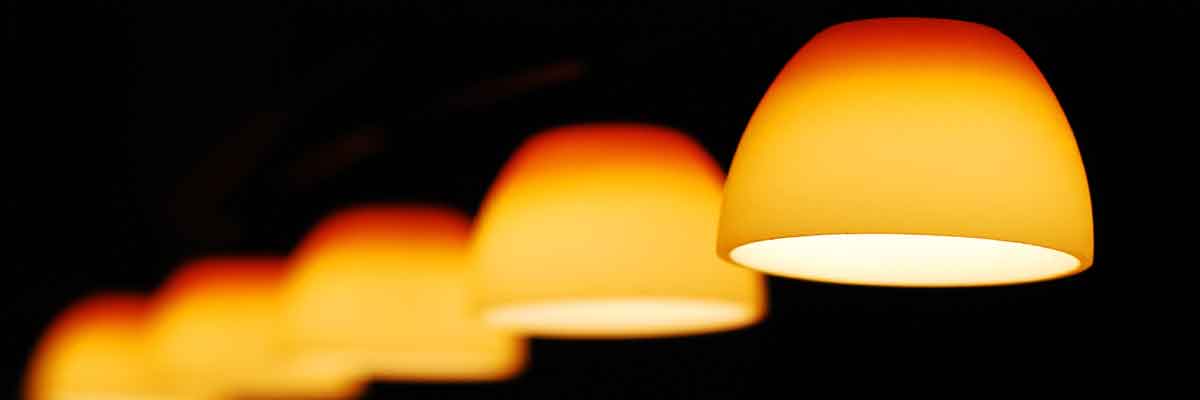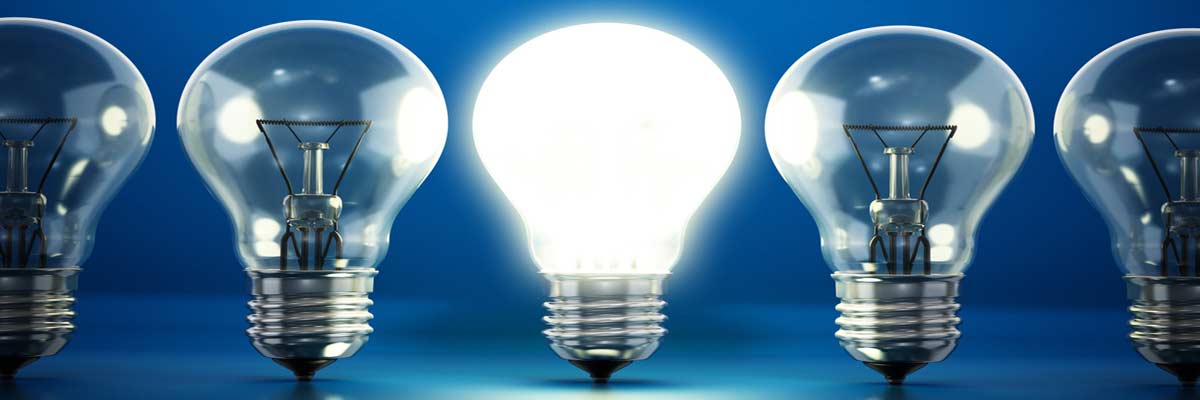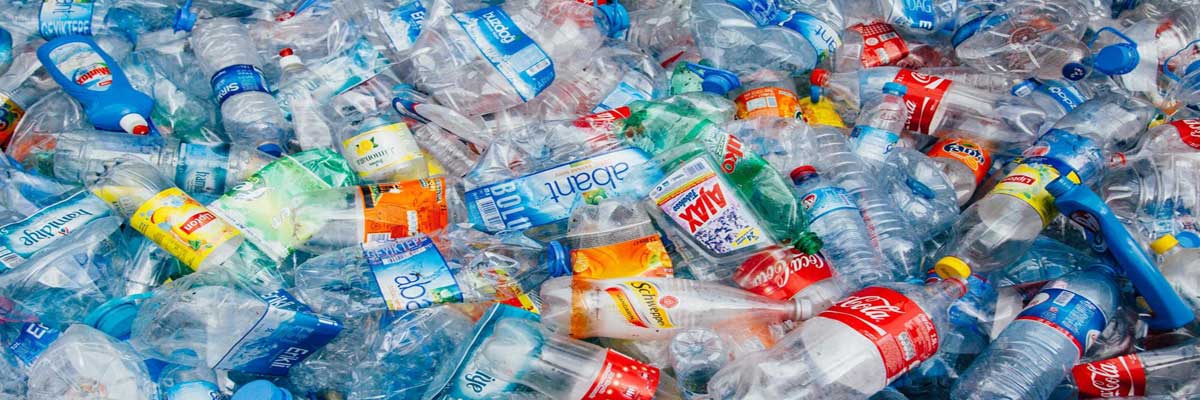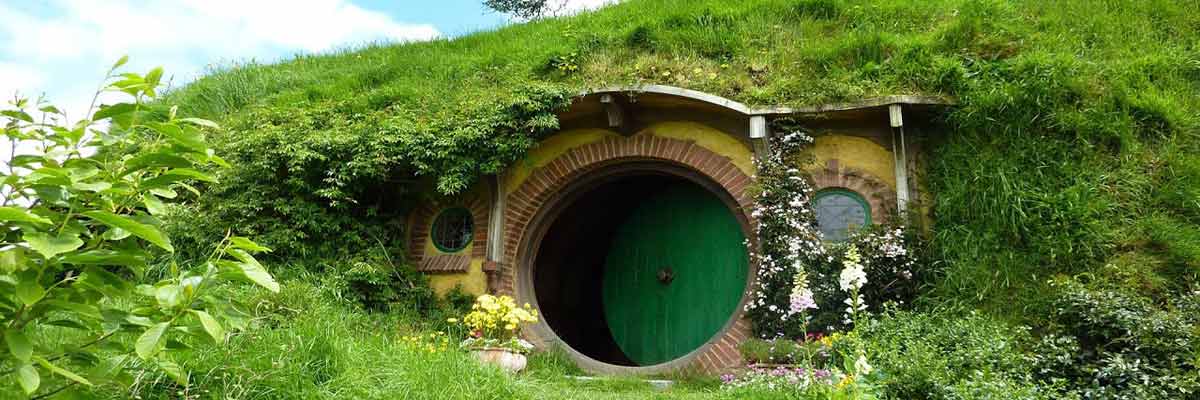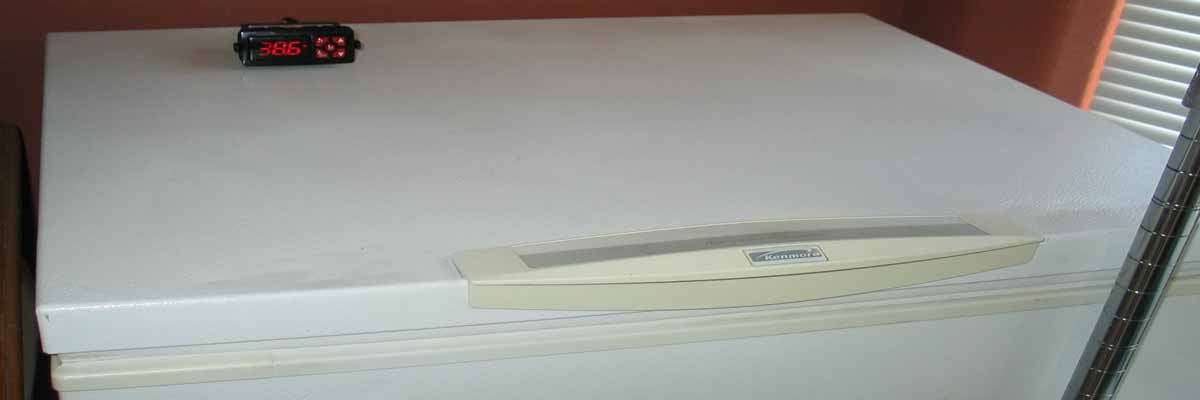Izaak Walton League Enlists the Help of Goats
Faced with invasion by alien plants, the Izaak Walton League calls upon the goat justice league (well, not the real goat justice league…) to help save them from being overrun at their 33 acre property in Gaithersburg, MD. This selective grazing technique will be employed to control the populations of Japanese honeysuckle, Garlic Mustard, Autumn Olive, and Oriental Bittersweet.
From their website:
Eliminating invasive plants – permanently – improves wildlife habitat as well as human habitat. But traditional methods of doing this over large areas involve repeated application of chemicals that could leach into our waterways. A new program is fighting nature with nature.
Eco-Goats brings a herd of goats to large properties infested with invasive species. The goats are contained within an electric fence to tackle invasive plants one acre at a time. Goats eat the invasive plants down to the ground, and goat handlers either dig up stumps or kill them with very targeted use of an herbicide.
We wish them luck, and are curious to see how this selective grazing turns out!
The goat army prepares for battle with aliens
Rain Barrel Rain Chains Offer A Pleasing Alternative To Downspouts
Ever forward on my mission to get more people using rain barrels, I wanted to draw some attention today to the beauty of rain chains. Since aesthetics outside the home is often of great importance to some, plastic or metal downspouts can sometimes be less than pleasing going into your rustic rain barrel. Rain chains are a nice alternative if you’re looking for something else to complete the picture. Harvest H20 gives us a great description of how they work:
Programmable Thermostat Giveaway!
UPDATE: One last day to enter! Send me your pics today for a chance to win! (see contest rules below)
Time for a great giveaway at Groovy Green. Home Depot is showcasing its energy saving products, and now is your chance to upgrade your old thermostat. This Ritetemp 7-day programmable thermostat mounts flush to your wall, is mercury free, and can save you up to $150 per year on your heating and cooling costs.
Here’s the contest rules:
- You must live in the United States.
- You have to be over 18.
- You must be willing to send us a picture of the thermostat after you’ve installed it.
Reflections at The End of The (Stainless Steel) Gilded Age
Since the nation has entered the recession to end all recessions, it’s time to do a little self-reflection on what we’ve been spending our money on over the past decade… Joel Stein of the L.A. Times has come out with his list of the “relics of the good old days“. I heard about this on a radio program (I won’t say which one) and had to look it up. Some of the best and snarkiest commentary on our society…
In the clear recessionary morning, all that stuff we’ve been binge buying suddenly looks gaudy and ridiculous. It’s been a 25-year blur of fluorescent Frankie Sez shirts, logo handbags, Hummers and ring tones. We need to have one giant national garage sale and invite the world.
If there are pictures of you with any of the things listed below on Facebook, immediately remove them. Replace them with one of those stately, unsmiling group portraits our grandparents and great-grandparents took that made us feel like we came from important stock. You don’t want your descendants to lose all hope when they realize that Great-Grandpa Jaden was flashing fake gang signs at Treasure Island while downing a Grey Goose and Red Bull before his “American Idol” audition.
Tasting menus: The idea that an appetizer, entree and dessert wasn’t enough — that you had to taste everything — was a pretty clear sign we were on our way toward being a fat, indebted nation. If Morgan Spurlock had tried to follow up “Super Size Me” with a movie in which he had to go 30 days eating only tasting menus — and accept the wine pairings if they were offered — he would have died by Week 2. I went with four people to Per Se in New York, and two of them barfed as soon as we got home. To be fair, it was the most delicious barf they’d ever had.
Read More
Vampire Killer: Good for You Good for the Planet
Vampire power is a big problem, even though you hit power off on that remote it doesn’t mean your television isn’t still sucking energy from the grid. Electronic appliances in standby mode can add up to 10% of your electric bill.
Good for You, Good for the Planet, a company based in Madrid, Spain, has developed a product to bring an end to the wasted electricity of standby mode. When the user desires to power the system up again it will power it up again without having to send the appliance through its start-up sequence again.
NH Hoteles SA of Spain has been testing a prototype of Mr. García’s gadget at some of the chain’s 350 hotels in 22 countries. It hopes to install the device in its 50,000 rooms as part of a drive to cut energy use by 20% by 2012.
“We’re very interested in this product and are seeing how we can implement it in the short or medium term,” says Luis Ortega, the chain’s director of environment and engineering. “That small saving, multiplied by 24 hours, 365 days a year, makes quite a big difference — especially when you’re talking about 50,000 television sets.”
Until technology like this becomes mainstream, you can kill vampire power in your home or office simply by unplugging or switching off your plug-strips.
Mileage Improvements By Driving Less And Driving Slower
Back in April, I began an exercise in driving less and driving with fuel economy in mind. What I learned surprised me. Simple, obvious steps made the most difference. I drive a 98 Oldsmobile Alero and before I began, I was getting about 27 MPG, now I am up to 34 MPG. That’s a 7 MPG savings, using simple steps anyone can do.There are groceries, banks and just about everything I need within walking distance from work, so as a rule, I drive to work, then I drive home and that’s it. I occasionally drive to run some errands (there is only so much walking one can do on a lunch hour).
I began turning off the car at train crossings, or when stuck in a traffic jam, but the biggest jump occurred after slowing down to 60 MPH. I went from 29 MPG to 34 MPG. That’s huge.
Also, I rode my bicycle over 120 miles in June, and I’m well on my way to matching that for July. That’s trips to the hardware store, bank, goodwill, and beer runs (all within about 3 miles of my house). At 34 MPG, bicycling alone has saved 3 1/2 gallons of gas, or almost a 1/3 of a tank. That’s amazing!
Don’t Pin Your Hopes on a “Green” Economy
Both presidential candidates have stumped for a new “green” economy. To me this smells of the supposed transformation to the “information economy” touted only a decade ago. Fortune had this to say on June 30th:
What senators McCain and Obama believe about U.S. energy policy matters – hugely. To fight global warming, the next President will oversee the transition to a new, green economy , which will result in one of the biggest business transformations of the 21st century and potentially one of the largest transfers of wealth since the creation of the income tax.
In Colorado, Rain Barrels Are Illegal. Yup.
Yesterday, after I vented a bit on the lack of rain barrel options at Big Box stores, a reader tipped us off to a very interesting issue in her state of Colorado. Rain barrels there, you see, are outlawed. Colorado state law mandates that any water falling from the air is not yours. In fact, according to their site, its already been “legally allocated” — so, you don’t actually have any rights when it comes to using precipitation that falls on your property. Here’s the exact wording:
Colorado Water Law requires that precipitation fall to the ground, run off and into the river of the watershed where it fell. Because rights to water are legally allocated in this state, an individual may not capture and use water to which he/she does not have a right. We must remember also that rain barrels don’t help much in a drought because a drought by its very nature supplies little in the way of snow or rain.
Additionally, any and all water that comes from tap may only be used once. “Denver water customers are not permitted to take their bath or laundry water (commonly referred to as gray water) and dump it on their outdoor plants or garden.” Even if that said water is ecologically-friendly?
We’re not alone in thinking this is a stupid law. Last summer, The Colorado Springs Gazette said the following:
Of Rain Barrels And Worm Bins: Need Some Advice
With the heat now taking hold here in NY — and the water falling less and less — I’ve started feeling the urge to pick up a rain barrel. I’ve also been intrigued by the thought of pursuing some vermiculture — though I admit, picking up Daryl Hannah’s worm bin would be a fine addition to the back deck. Too bad it costs $900.
But back to the rain barrels. Probably the most popular commercial option I’ve been spotting around Ithaca, NY is The Rain Catcher. It has a nice appearance, can hold about 55 gallons, is expandable, and has some nice features (hose, screen, etc.) One thing I don’t like it that the top does not come off — so if anything falls in there, it would be kind of tough to get it out. The screen would stop most debris, but I find the built in top annoying. I’m currently seeing it for about $138 in the stores — which is a bargain considering that rising oil costs add more if you purchase it online.
How Much Food Does The Average American Family Throw Away Each Month?
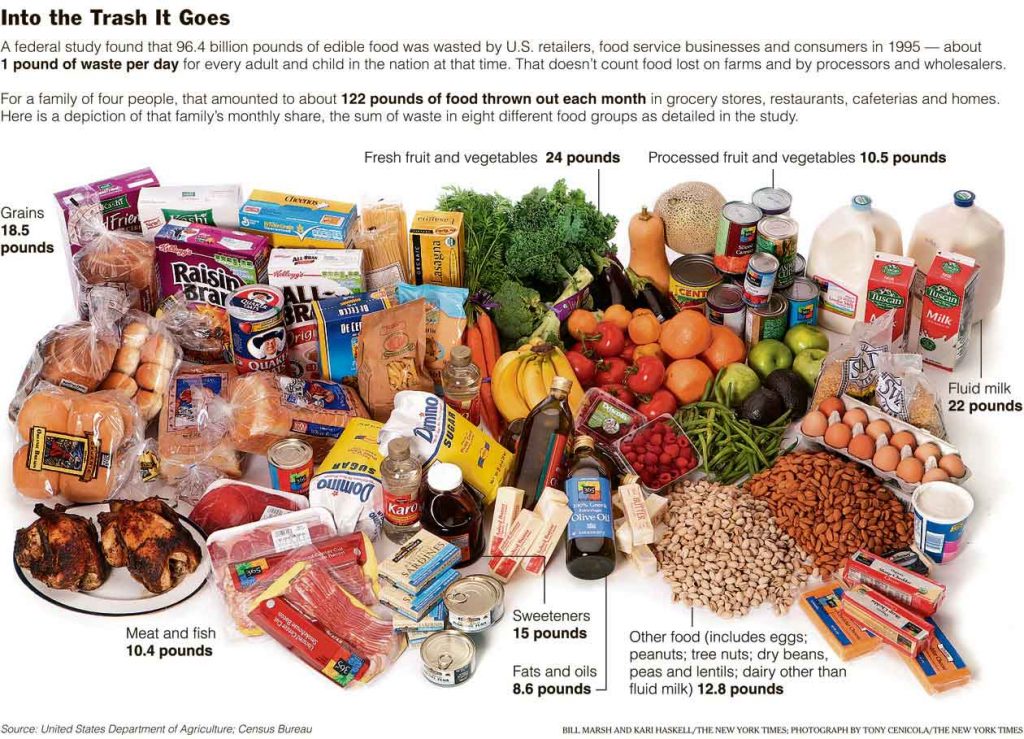
122 lbs. That’s how much enters the waste stream each month from the average American home (family of four). Ridiculous, sad, and incredible at the same time, isn’t it? A study conducted in 1995 estimated that 96.4 billion pounds of edible food was wasted each year — not to mention all of that probably went straight into the landfill. Imagine the recycled compost that could be generated from that!
The fascinating graphical representation of our monthly waste, as created by the NY Times, is shown below. Click on it to be taken to a much higher res, readable version.
Why Higher Gas Prices Are Making Me Smile
I’m not naive — I understand that there are severe hardships in store the longer the price of a barrel of oil soars ever higher. But here’s the thing. Every time I pass by my local gas station and see the numbers a couple cents higher than the day before, I smile. For some that might seem odd — and for those that depend on cheap oil, my sentiments are with you. Unfortunately for all of us, those unaffected and those in dire straits, this had to happen. As someone who champions sustainability day in and out, writes about political hangups to change America’s dependency on oil, and laments our lack of investment in renewable energies, this is a blessing in disguise. My only hope is that this continues — and is less of a “rubberband effect” we all experienced in the wake of Hurricane Katrina three years ago.
Why? Because if we are to shift to an economy that is truly self-sufficient and sustainable, we have to be hit hard collectively in the wallets. It’s the only way. As environmentalists, we can release movies, write articles, hold rallies, and buy all the green products in the world — but to to truly bear witness to real change, it has to come from those not directly involved. In other words, everyone must be faced with a burden. For some, climate change might be their burden and buying a hybrid vehicle or biking to work might be the solution. For others, higher gas prices which affect the bottom line might be their burden. In the end, what matters most is that it is a common hardship. Whatever the personal impact, the demanded outcome will be in unison.
UPDATED: Making Homemade Laundry Soap
Last night after cooking supper I decided to cook up a batch of laundry soap. A friend had sent me the recipe for homemade laundry soap a while back and I’ve been anxious to try it since. I followed the recipe shown here (if you check the comments there is even one for a dry laundry soap.)
 First things first, I got some water boiling and started to carve up the bar of soap. We used Caress, which I don’t recommend, the smell was overpowering. And it reminded me of my grandmother too much. If you purchased a bar of eco friendly soap you’d be in even better shape. Or a local bar of soap would be good too.
First things first, I got some water boiling and started to carve up the bar of soap. We used Caress, which I don’t recommend, the smell was overpowering. And it reminded me of my grandmother too much. If you purchased a bar of eco friendly soap you’d be in even better shape. Or a local bar of soap would be good too.
Not Looking Good for the Southwestern US: “Mega” Drought Predicted
UPDATE: I located a chart of Lake Mead historical water levels, and put it below the fold (click on “more…”)
MSNBC has an article out today sounding an alarm on the Southwestern United States’ fresh water situation. Not only is the wage gap between rich and poor workers reaching pre-depression levels, we are also threatened by a “dust bowl” similar to the same period of time.
While traveling in Nevada two weeks ago, I was able to travel to see the Hoover Dam and Lake Mead. A thick layer of bleached rock formed a ring around the reservoir, showing the loss of billions of gallons of fresh drinking water. The level of the lake fell a hundred or more feet below a run-off/overflow culvert.
After seeing this first hand it is easy to believe the article:
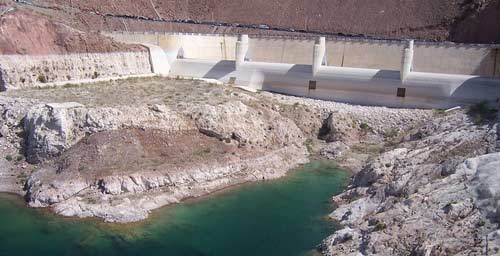
Mercury Fears in CFL Bulbs Overblown?
I have noticed a meme circulating the internet over the past 2 weeks – fear of landfill contamination by an increase in the use of CFL bulbs. While there is trace amounts of mercury in CFL bulbs, and I do believe that there needs to be more public education from places that sell the bulbs to avoid them ending up in the garbage – I would like to note that the possible reduction in mercury emissions from coal fired power plants outweighs the amount used to produce the bulb, over the bulbs lifetime.
This fact sheet (warning PDF also found at wikipedia) on the subject notes that there is approximately 4.0mg of mercury in a CFL bulb, and the emissions from a coal fired plant to produce the energy to run the bulb over it’s lifetime is an additional 2.4mg of mercury. Contrast that with 10.0mg of emissions for a conventional incandescent bulbs over the same 5 year lifespan of the CFL bulb. The incandescent is still producing more gaseous mercury contamination than the CFL. Also, the mercury contained in the CFL bulb remains in a form that can be recycled.
Plant a Pollinator Garden… Please!
If you haven’t read about the rising wave of problems with crashing bee populations worldwide, get on Google and check it out. In a nutshell, bee colonies are dying off around the world, and no-one really knows why. There are several possible reasons people are talking about:
- Some suspect that increasing infestations a few types of mites might be doing it.
- Others suspect mono-cultural agricultural practices.
- Genetically-Modified Organisms are another possibility.
- Perhaps it’s due to microwaves and other electromagnetic radiation that’s omnipresent these days.
So, there are a number of possibilities for why this is happening, but it’s bad news regardless of the underlying reason. Did you know that bees are used to commercially pollinate more than $14.6 billion dollars’ worth of fruit, nut and vegetable crops every year in the US alone? Without these incredibly helpful insects, these food stuffs would be much more costly if they were available at all.
California Lawmaker Plans to Ban Incandescent Bulbs by 2012
This would be huge. I get a little “down” some times thinking that the environmental writers and blogs are just preaching to the choir. Then, once in a while something like this comes along and makes me believe that the memes that are kicked around in the blogosphere do make it to the public consciousness and yes, even to law makers.
Reuters: (via Drudge, who as of today has many GW articles linked)
Governor Spitzer Proposes “Bigger, Better Bottle Bill” As Part of Budget
This is the 25th year that New York has had a 5 cent deposit on all soda cans and bottles. According to NYPIRG this means over 5 million tons of recycleable glass, plastic and aluminum has been kept out of our state’s landfills. Our current rate for recycling deposit containers is at 80%, 70% through bottle redemption and 10% through curbside pickup. This is an impressive rate that has rid streets, parks and lots of refuse, and saved energy and reduced landfill.
It has been hard to ignore the explosion in popularity of sports drinks, iced tea and bottled water over the past decade. These bottles are currently exempt from the 5 cent deposit in NY state, although they are accepted in curbside recycling pickup. Despite the availability of blue bin recycling, only 20% of non-deposit containers are recycled. You can see it in airports, workplaces and schools, plastic water bottles fill trash cans – and head straight to the landfill. Not valuable to those searching for redeemable containers, they remain as litter on the side of the road and in the street.
Revive the Victory Garden!
I am obsessed with food. Of all of things that we can purchase, food is the one thing that nourishes us. Yes, items can nourish our soul, but food is what nourishes our bodies – – it provides us with energy so that we can live. I think this is why so many of my posts are about food. We cannot go without.
60 years ago we were at war. We were fighting an enemy at faraway lands. Our government encouraged us to plant gardens at home. People came together to fight this enemy by planting gardens in their backyards. These gardens could help us fight the enemy from home and gave our citizens a sense of national purpose. Magazines told people how to plant and tend to a garden. Co-ops were developed. This community effort brought together families and neighbors to provide their own food so that more was available for the war effort.
Today we are again at war. This enemy does not have a face. It is not an enemy that we can see. However, this enemy can threaten the nature of our lives and planet. This enemy is global warming. Let’s fight is by planting a garden. A victory garden over global warming.
How To Build A Hobbit House (That You’d Actually Want To Live In!)
Just found this link to a beautiful ‘How-To’ that takes you through the steps of building your very own low-impact woodland home. It’s appearance is very similar to the Hobbit homes featured in Lord of the Rings, but the aesthetics of the design also make it a piece you might find in Better Homes and Gardens. The cost? The author estimates total expenditures of about $6,000. This, and about 1000-1500 labor hours to put everything together. From the site,
“Take one baby, a toddler and a building site. Mix well with a generous helping of mud, combine with 6 weeks of solid welsh rain whilst living under canvas. Do this in candle light without a bathroom or electricity for three months. Chuck in living with your father for good measure. Top with an assortment of large slugs. The result a hand crafted home of beauty, warmth and health for about 3,000.”
0.1 kWh/day Refrigerator
I guess that this “hack” from a chest freezer to a super-efficient refrigerator has been around for a year or so (2005). This just proves that you have to poke around to find something good, and when you do share it with others. (I wonder if the folks from path to freedom have seen this one yet.)
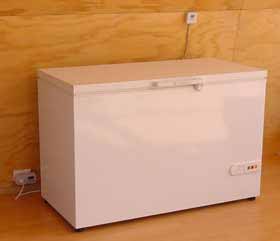 I found Mt. Best via farmlet, 2 great new sites to bookmark (new to me anyways), both out of NZ.
I found Mt. Best via farmlet, 2 great new sites to bookmark (new to me anyways), both out of NZ.
Here’s what they have to say about their fridge:
” My chest fridge (Vestfrost freezer turned into a fridge) consumes about 0.1 kWh a day. It works only about 2 minutes per hour. At all other times it is perfectly quiet and consumes no power whatsoever. My wind/solar system batteries and power-sensing inverter simply love it.
It is obvious that a truly energy efficient fridge does not cost any more money than a mediocre one. It actually costs less. It also has extra features, such as digital temperature display that gives you full control on the temperature settings inside.”

